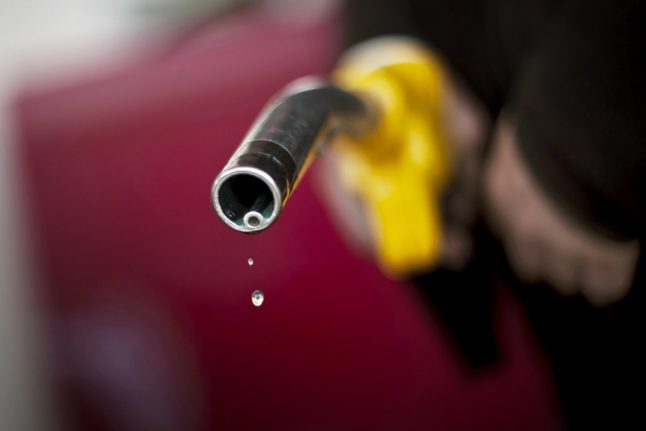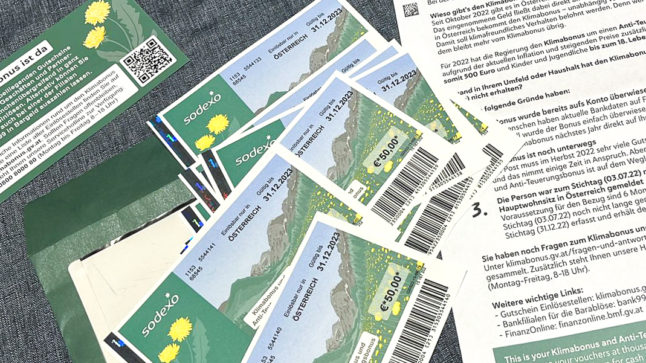With the cost of living rising in Austria filling up your vehicle has become one of the main burdens on your wallet.
Although overall inflation – which measures everything from food and energy prices to rents – rose 7.5 percent in August, fuel prices are bringing that average up.
As of Tuesday Diesel was selling for about €1.77 a litre – a full 20 percent higher than it was in May. Petrol was only a little bit less at €1.70.
The Austrian Auto Association said the state needed to intervene to help cushion the price hike, not least because it is the biggest beneficiary – getting about 30 cents of every litre sold via VAT.
Statistics Austria said rising fuel prices were the main culprit in why inflation has remained stubbornly high – although 2022 regularly saw inflation pass the ten percent mark.
The increase in the price of fuel of around 20 percent is much higher than the increases seen for groceries and energy, which both stand at about ten percent.
READ ALSO: How fuel prices in Austria are expected to rise next year
Even with the increases though, filling up in Austria is still comparatively affordable next to the prices seen in some other European countries. Although petrol averaged €1.70 per litre in Austria – that’s a lot less than the €1.89 seen in Germany, Italy’s €1.97 or the €2.11 seen in the Netherlands.
Poland was still considerably cheaper, at €1.39 – according to calculations by the German Auto Association.
There are also still a few tricks to try when looking to save on fuel in Austria.
The ÖAMTC (Austrian Automobile, Motorcycle and Touring Club) maintains an app that displays the cheapest fuel prices in a selected area. There is even a map function to then direct you to the right place.
Sometimes the difference in prices can be pretty small, but it’s still a worthwhile tool for saving some money over time.
Regional considerations can come into play too. The west of Austria has a reputation for being more expensive than the east, with everything from fuel, to food and accommodation often costing more.
READ ALSO: Where to find the cheapest fuel for your car in Austria?



 Please whitelist us to continue reading.
Please whitelist us to continue reading.
Member comments